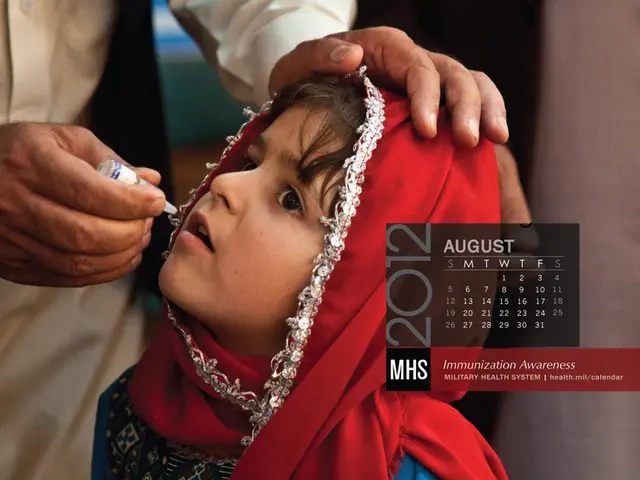Spotlight on Underexplored, Unwelcomed Aspects of Cancer Therapy in New Report
In a comprehensive report published by the National Council on Radiation Protection and Measurements (NCRP), the long-term consequences of radiation therapy in cancer survivors have been extensively reviewed. The report, chaired by Lois B. Travis, M.D., Sc.D., of the University of Rochester Medical Center, sheds light on the increased risks of developing second cancers and cardiovascular diseases in survivors of cancer treatment.
The report highlights that radiation therapy, used in approximately 50 percent of all cancer cases, increases the risk of developing second malignancies years or decades after treatment. This risk depends on factors such as radiation dose, volume of tissue exposed, patient age at exposure, and genetic susceptibility. Common secondary malignancies include solid tumors (e.g., breast, lung, thyroid cancers) and leukemia.
Survivors exposed to radiation, particularly in treatments around the chest, have an elevated risk of ischemic heart disease, valvular heart disease, heart failure, and other cardiovascular events. These effects may manifest years after therapy and are influenced by radiation dose to cardiac structures and concurrent chemotherapy agents.
Key risk factors for these long-term health effects include higher radiation doses and larger irradiated volumes, younger age at radiation exposure, combined modality therapy, traditional cardiovascular risk factors, and genetic predispositions.
Radiation induces DNA damage, inflammation, and vascular injury, leading to both carcinogenesis and cardiovascular pathology. The NCRP report emphasizes the importance of long-term surveillance of cancer survivors, tailored risk assessment, and preventive strategies to mitigate these adverse effects.
As the number of cancer survivors in the United States has tripled since 1971, the need for long-term studies to follow these survivors, particularly adolescents and young adults, and characterize their risks as they age, becomes increasingly important. More studies are needed to analyze all aspects of the relationship between radiation dose and the risk of second malignancies and heart disease.
The report also highlights the need for new risk-prediction models for second malignancies and cardiovascular disease, as newer radiotherapy treatment methods and techniques result in a different distribution of radiation to organs and tissue. Louis S. Constine, M.D., professor and vice-chair of the Department of Radiation Oncology at the University of Rochester Medical Center, who was a member of the NCRP scientific committee, is working on a program to provide patients with a comprehensive plan for their post-cancer care.
The report, which is 425 pages long, focuses on the consequences of radiation therapy, a cornerstone of cancer treatment. It was published online on March 6, 2012, and will be published in hard copy on March 13.
Given the importance of this topic, it is crucial to stay alert to long-term side effects and plan appropriately for follow-up, as emphasized by Dr. Constine. More research and analysis is needed to predict the high complication rates in certain populations of cancer patients. Establishing a research infrastructure for the many disciplines involved in the care of cancer survivors is also essential. Follow-up studies of cancer survivors should evaluate populations treated with modern radiotherapy methods such as tomotherapy and cyberknife.
In conclusion, the NCRP report provides valuable insights into the long-term health effects of radiation therapy in cancer survivors, particularly focusing on second malignancies and cardiovascular disease. It underscores the need for continued research, improved risk assessment, and tailored care strategies for cancer survivors to ensure their long-term health and well-being.
Radiation therapy, a significant aspect of cancer treatment, increases the risk of developing second malignancies and cardiovascular diseases in survivors, especially those who received high doses or had larger irradiated volumes, and were younger at exposure. To mitigate these adverse effects, long-term surveillance, tailored risk assessment, and preventive strategies are crucial, as highlighted by the NCRP report and Dr. Constine.




